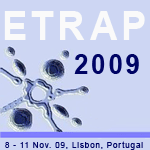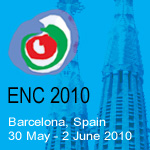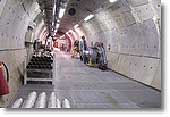 |
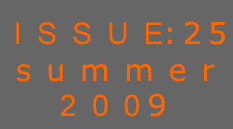 |
Issue No. 25 Summer
|
ENS News |
ENS Events |
Member Societies & Corporate Members |
2009 EAES Combined Meeting, in Slovakia President of Israel Nuclear Society receives top Russian award No significant pollution measured at France’s nuclear sites Sweden’s environmentally-conscious society continues to use nuclear power The GUINEVERE experiment: a first step on the road to MYRRHA SNE news: the latest from the Spanish Nuclear Society |
YGN Report |
European Nuclear Young Generation Forum 2009 The Young Generation Network’s perspective of the Garoña NNP issue |
ENS World News |
ENS Members |
Links to ENS Member
Societies |
____________________ |
____________________ |
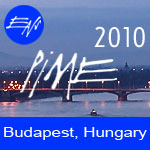 |
Pime 2010 |
____________________ |
ENC
2010 |
____________________ |
a decision on where to build the facility. The company had to choose between Forsmark in the municipality of Östhammar and Laxemar, in the municipality of Öskarshamn. The next stage is for SKB to send in 2010 applications for permits to the Swedish Radiation Safety Authority and the Environmental Court. The applications include the environmental impact assessment and a safety analysis for a nuclear fuel repository in Forsmark. Swedish high-level waste will be disposed of in the final repository in crystalline bedrock at a depth of nearly 500 m. For the high-level waste, there is broad consensus in Europe that deep geological disposal is the best applicable technical solution. Finland, Sweden, Switzerland and France have taken the political decision to assess the deep geological disposal option and are close to authorising the construction and starting up of sites. Switzerland and France are still in the process of selecting a site for the facility. Other countries are actively considering this option. The rock formations most studied for deep disposal are clay (in Belgium, France, Germany and Switzerland), crystalline rocks (Sweden, Finland and Switzerland) and salt (Germany). For further information on the Swedish decision, you can read SKB's press release. For more information on deep geological repositories, please consult the EIG EURIDICE website. Here is a breakdown of the current situation in Europe regarding deep geological disposal;
DGR: deep geological repository; RWM: radioactive waste management; GD: geological disposal)
|
